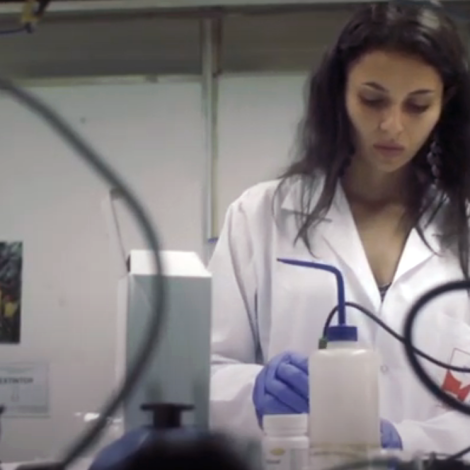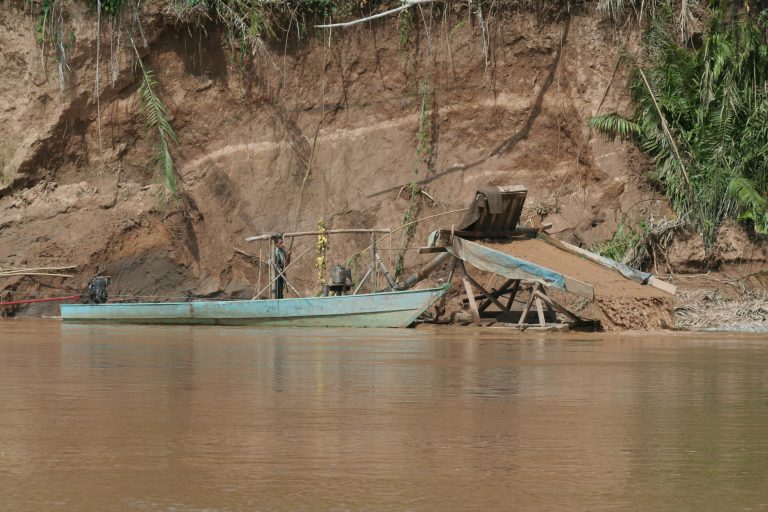The La Toma community and others in southeast Colombia have mined gold by hand for hundreds of years, artisanal mining that, until recently, had little impact on local ecosystems. That changed in the past two decades. Foreign actors introduced new technologies, including methods of extracting gold from ore using mercury. Driven by two decades of record-high gold prices, artisanal mining is now a problem in every country in the Amazon basin, and has caused widespread forest and biodiversity losses and watershed contamination. Today, artisanal mining is mechanized, women are no longer as involved in the work as they once were, and the process takes a destructive toll on the natural environment.
Perhaps the biggest threat has been the heavy usage of mercury. When improperly handled, mercury is a pollutant that can compromise human health, ecosystems and the cultural heritage of local communities around the world. Mercury affects demographic groups of people differently, with effects among women, children, the elderly and the poor that exacerbate inequalities in social power dynamics. For the past five years, a transdisciplinary team of researchers from Colombia, Brazil and the United States have joined social organizations from La Toma to assess the problem of mercury contamination. Their findings are shared with mining communities to help mitigate the social and environmental changes linked to the pollution. For information on the project please see mercurioaltocauca.com.
The video below, in Spanish with an option for English subtitles, provides context and updates on the research underway. (See it also on the researchers’ site at mercurioaltocauca.com).
For more on the research and solutions proposed, please see the E4C Seminar: Transdisciplinary Research to Address Mercury Pollution from Artisanal Gold Mining.

